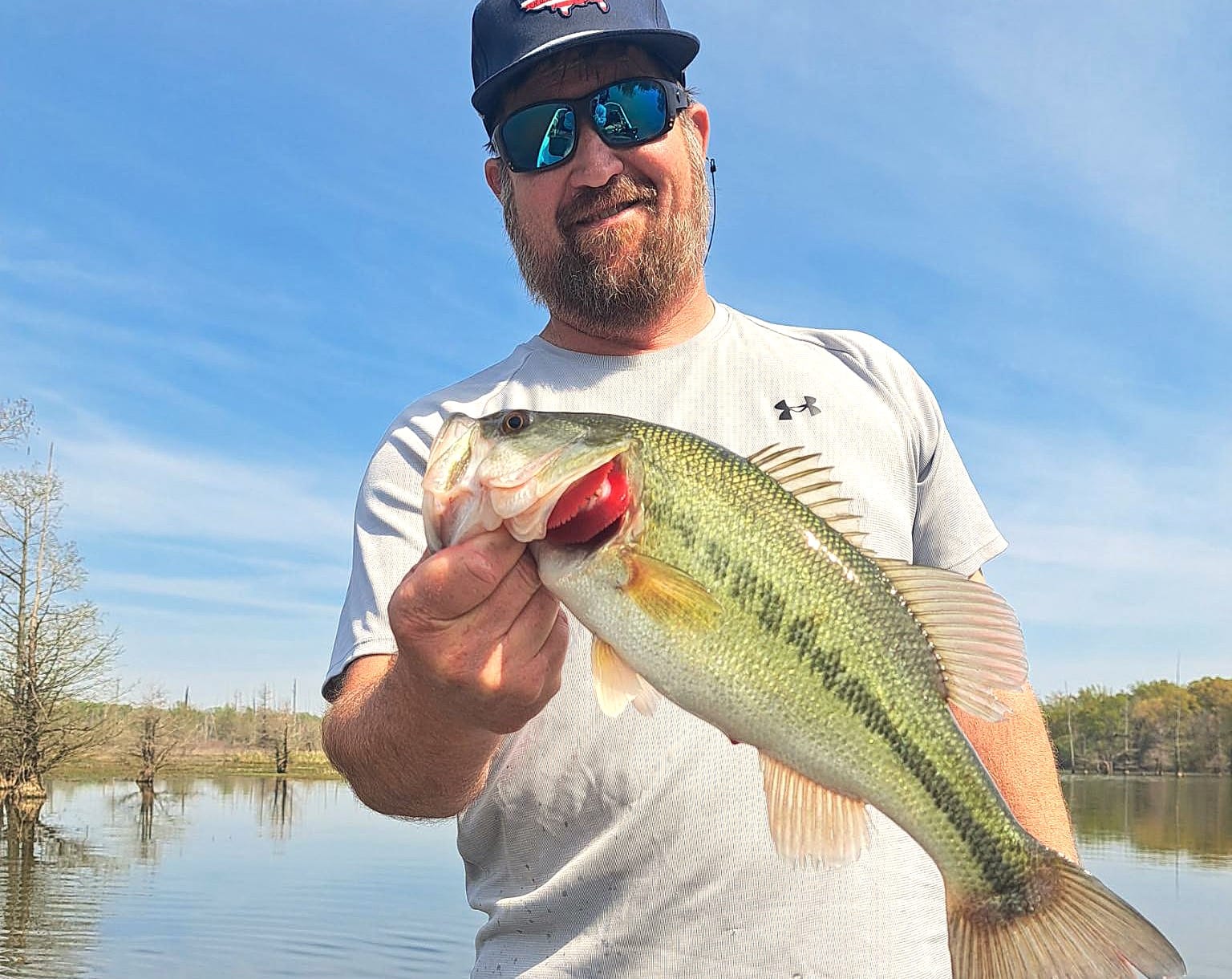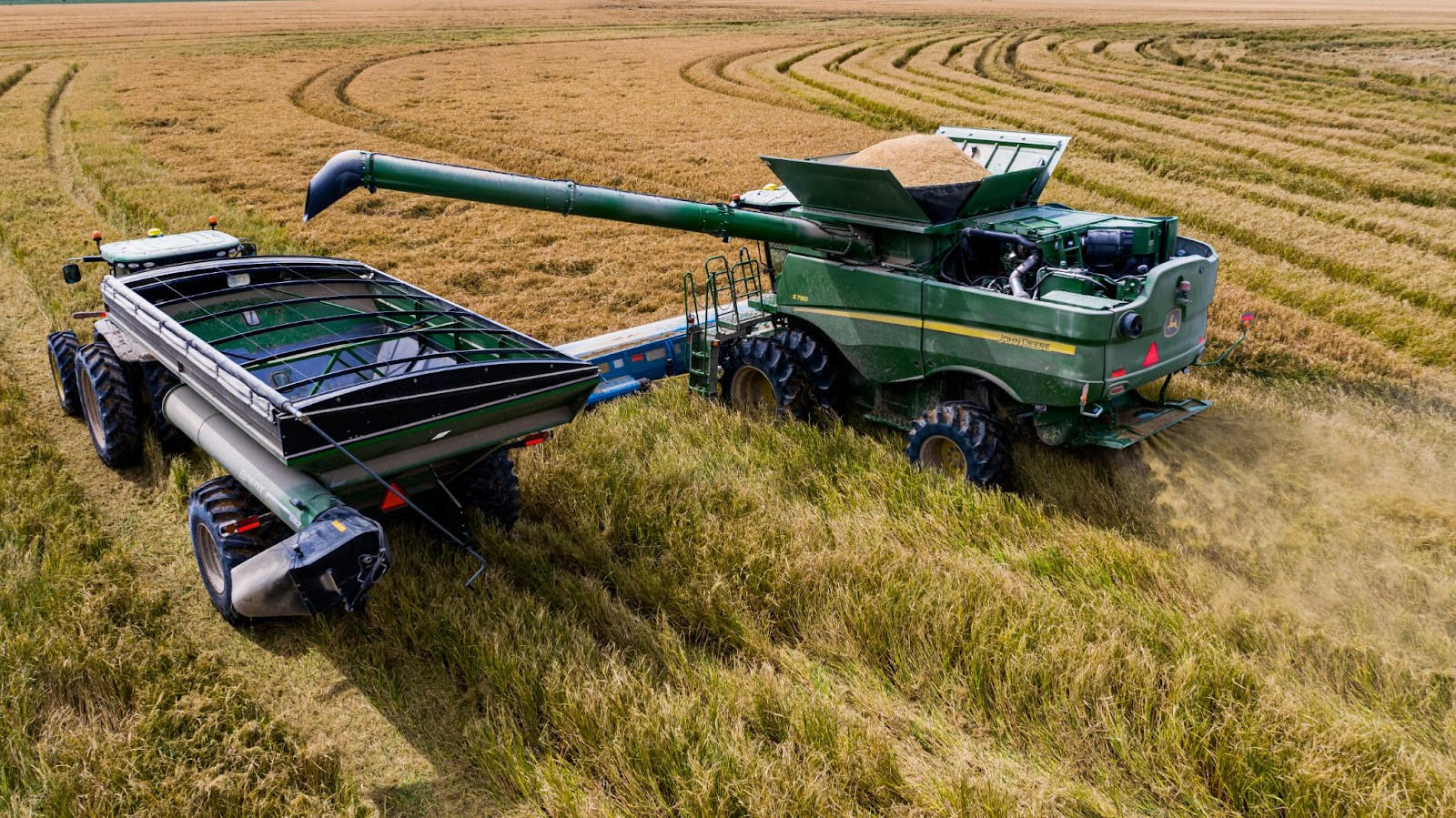Sharp County hunter sports strong beard game
ON 05-22-2024

LITTLE ROCK — They serve no practical function, but the whiskers protruding from a mature male turkey are a source of pride with the hunter who harvests that bird. The question heard by many hunters after announcing their harvest often is, “How long was his beard?” In the case of Sharp County resident Chase Davis, he had to respond, “Which one?” Davis managed to take a bird this season that had more than a few reasons to make him smile.
At 23 years old, Davis has already checked enough eastern wild turkeys to make any hunting career seem complete, but the bird he brought home April 25 was no doubt “boss Tom level.”
“I deer hunt and fish a lot, but anyone that knows me knows turkeys have always been my number one,” Davis said. “I’d hunt every day of the season if I could, and have come pretty close to it. It’s just who I am.”
This year was a bit different for Davis, as he’s devoted a lot of hunting and scouting time to helping care for his 10-month-old daughter.
“It’s a blessing, but my hunting has had to take a backseat a few times,” Davis said. “Still, I hunted pretty much every weekend this year, either morning or afternoon. I’ve never really been as interested in afternoon hunts, but with my limited time this year, I did whatever I could to get out there.”

Davis typically has hunting access to two separate farms, but he’s always gravitated to one of the two as his “go-to.”
“I call it my honey hole,” Davis said. “The other farm has always been much harder to hunt because it’s so open and it just doesn’t set up well to get ready when a bird comes your way. In fact, I don’t think I’ve hunted that area for the last 5 years.”
On April 25, Davis’s honey hole was silent. In fact, Davis hadn’t heard much gobbling throughout the first two weeks of the season on any of the property he’d visited.
“They were just acting really funny for me this year,” Davis said. “It was later in the morning when I figured I’d at least take a look at that other farm.”
He pulled up to the farm gate and walked down the road to the farm property. As he neared a clearing, he saw the fan of a bird on full display.
“There were actually five gobblers in the field putting on a show, but one bird, the one I saw first was easily the dominant one,” Davis said.
During breeding season, one bird always stands out as the head of the group, but the turkey in question was putting on a true show. Any time another bird tried to gobble or raise up, the lead bird would strut over with his chest puffed out and physically press the other birds until they squatted down.

“I’ve never seen anything like that,” Davis said. “He would literally push them to the ground. Then when he stood back up I was able to see just how much bigger he was than the rest. I honestly just sat there dumbstruck at the show they were putting on.”
The birds drifted over the top of a rise, which gave Davis the chance to move. He hustled up to a spot just at the breaking point of the rise and set up for a chance at the birds.
“I called once at him,” Davis said. “He gobbled, turned and stared my way, then sprinted right at me. I’ve never seen a bird move that fast and I thought for sure I was going to be busted.”
What Davis didn’t see was that a hen had worked her way along the treeline and was only 20 yards from him. She had luckily not seen him when he set up, and she was the object of the big bird’s affection. The gobbler stopped just short of her and began his serenade.
“I sat there and watched him for what seemed like 15 minutes,” Davis said. “He was keyed up. He dusted a few times, and anytime a crow would call nearby, he would gobble and go nuts.”
Finally the gobbler gave Davis a shot, and he was able to make a clean hit to cap off the experience, or so he thought.

“He rared up and fell backward and I could see the beard split,” Davis said. “I’ve shot two other birds that had two beards and those looked the same way. I thought to myself, ‘You lucky dog, you got another double-bearded bird.’”
When he got to the gobbler, it didn’t look like any double-beard he’d taken before. This Tom wasn’t just sporting two tufts of whiskers from his chest — he had five.
“It was amazing,” Davis said. “Not only did he have five beards, but they were all pretty thick compared to most birds I’ve seen with multiple beards. He ended up having 44.9 inches of beards when I did the calculations.”
Not only was Davis’s bird a hairy fellow, he was hefty.
“I weighed him on a few different scales,” Davis said. “And they all came out to 23½ pounds. He was a big bird. His spurs measured an inch long each.”
According to the National Wild Turkey Federation, roughly 2 percent of turkeys harvested have multiple beards, and the record is 13 beards. Although the bird’s beard is a trophy designation for many hunters, the tuft of hairlike whiskers (called papillae) give no advantage to the bird sporting it. The beard never stops growing and never molts, although the fibers can be worn down over the bird’s lifetime.
Davis says he only harvested the one bird this year, but if it was going to be a one-bird year, this was definitely the bird to make it memorable.
“My buddy hunts a place about 2 miles away as the crow flies and he’s harvested a 4-beard bird before,” Davis said. “It’s just a really neat experience and one I’ll remember my entire hunting career.”
Visit www.agfc.com/turkey for more information on wild turkeys and turkey hunting in Arkansas.
Recent News
Subscribe to Our Weekly Newsletter E-mails
Don’t miss another issue. Sign up now to receive the AGFC Wildlife Weekly Newsletter in your mailbox every Wednesday afternoon (Waterfowl Reports are published weekly during waterfowl season and periodically outside the season). Fishing Reports arrive on Thursdays. Fill in the following fields and hit submit. Thanks, and welcome!


